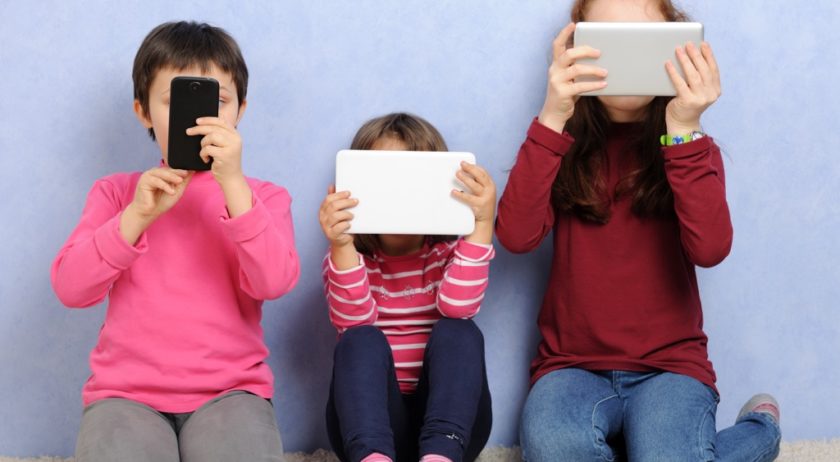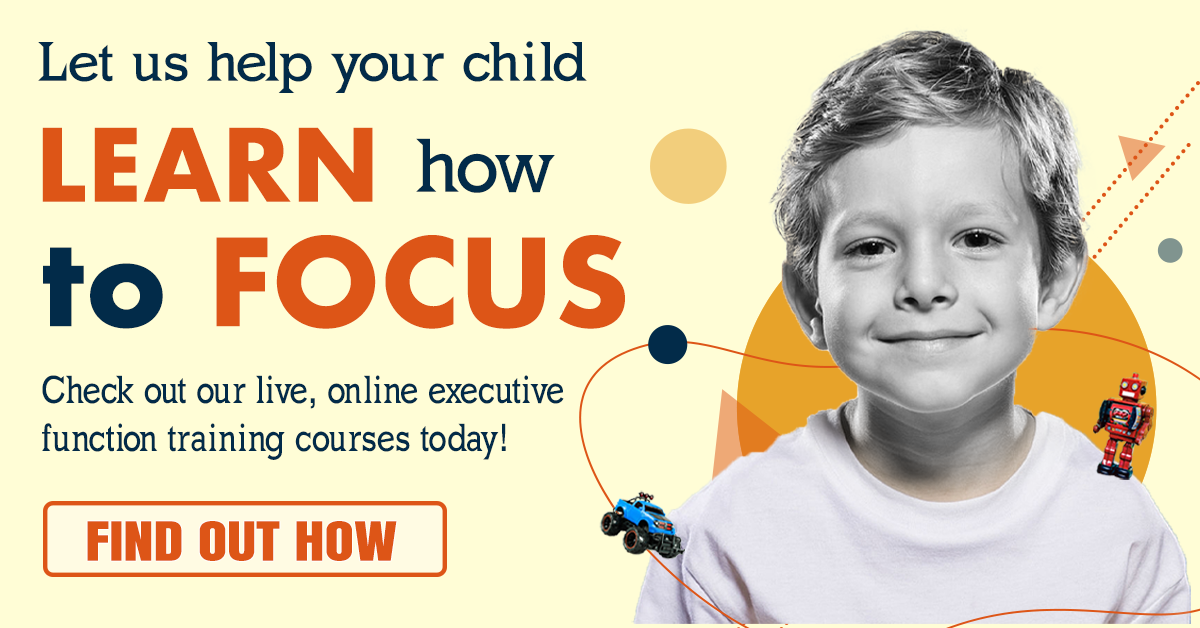How do people learn? Psychologists have been grappling with this question for the past century. Fifty years ago the prevailing psychological theory of learning came from the behaviorist camp associated with B. F. Skinner. Learning was all about stimulus and response: some type of event or stimulus prompted an organism to do something. When that the response was rewarded, the organism (think person or rat – whatever your fancy) would continue to do it. Many mid-20th century psychologists questioned how applicable this was to human beings. They wanted to know to what degree our thoughts and emotions contribute to how we learn. Over the course of the past half-century, there have been many new and competing theories of learning. In my estimation, the two most useful theories come from the cognitive perspective that explores how human thinking impacts behavior and emotion and from neuroscientists who have made mind-expanding discoveries in the past decade.
However, to understand how kids learn is not to subscribe to one of these theories but to recognize that learning is an incredibly complex process that combines all of these theories and more. When it comes to the type of learning needed for 21st-century life, we might not yet know what will work best. I can tell you with great certainty that learning to be an expert at rote math, cursive handwriting, and spelling will not be valuable skills to acquire in the forthcoming decades. Computers, artificial intelligence, and robots will do all of these things far better than humans ever could. However, cognitive skills such as executive functions, creativity, problem-solving, self-awareness, attention, and metacognition will make our kids different from the machines that will be doing more of our work in the future. Learning in the human brain may be the most complex activity we know, and I’m going to offer you three ways that kids really learn that will help them to succeed in the 21st century. These three skills are mirrored in our LW4K LIVE classes, where we teach kids to Detect, Reflect, and Connect.
These three words provide a simple but clear set of directions that help us to take children’s screen-time play and transform it into learning. But Detect, Reflect, and Connect is not limited to learning from screens. This is a basic concept that is easy to understand. If you want to learn something, you have to pay attention or identify (Detect) what you are trying to learn, recognize and think about (Reflect) how it is helpful, and then learn to use or apply (Connect) this knowledge to many situations. At its core, Detect, Reflect, and Connect is the basis for the transfer or generalization of learning. Children learn real-world skills by being able to identify the skills they are using and then practice and use these skills in another setting. These types of skills are not robotic, automatic, or a simple response to a stimulus but are the skills necessary for children growing up in the 21st century.
If our kids learn only the skills of memorization, rote repetition, or the mastery of facts out of context, they will be no better, and in fact quite less effective, than the robots and artificial intelligence that will begin to dominate 21st-century life. It is only through learning to think, to apply executive-functioning, social-emotional learning, and the soft skills that human beings are able to understand, that they will be able to succeed in the 21st century. Learning to detect or recognize the types of skills they will need to use, reflect and assess their successes and failures, and connect and apply these skills in other settings will prepare them for an uncertain future. Because attention and focus is a precursor to learning, games like Roblox and Minecraft are particularly suited to improving executive functioning skills. By learning Detect, Reflect, and Connect skills, our 21st-century kids will be able to compete for jobs and find careers that are rewarding rather than repetitive.
This is part of an ongoing series of posts that are designed to highlight the importance of transfer and generalization of learning. Many of the articles in this series will expand upon the basics of Detect, Reflect, and Connect. While the skills and methods for learning I will describe are a core feature of our LW4K LIVE classes, they are applicable to almost every type of learning. The transfer and generalization strategies are particularly helpful for teaching soft skills such as executive functions, social-emotional learning, grit, persistence, working memory, self-awareness, and self-control.





